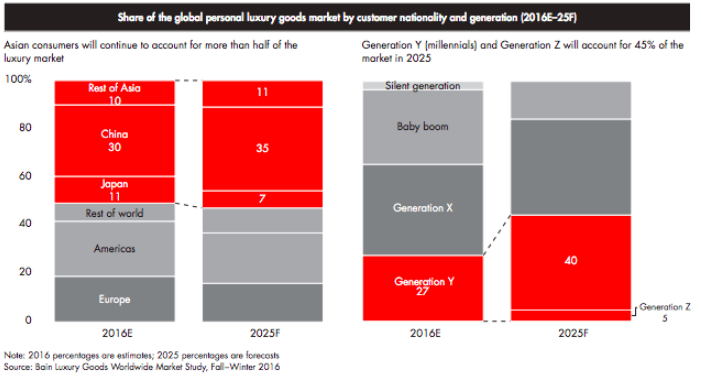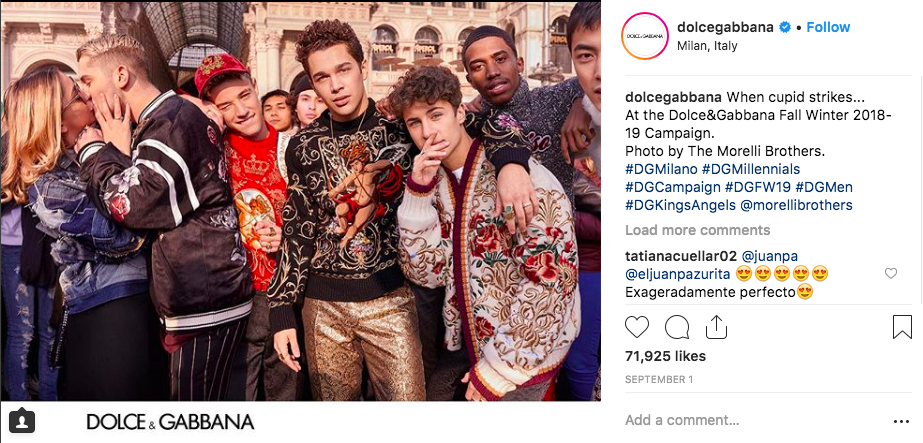The Future of Omnichannel Marketing? A Lesson From the Beauty Industry
I’ve been learning quite a lot about channel marketing and retail in the last couple of months, and as the journey of getting my master’s degree in marketing comes to an end I wanted to talk about what the future holds for the retail industry.
There’s been a lot of talk on how traditional retail is dead, big retailers closing stores and e-commerce still growing strong and taking over brick-and-mortar stores, but I do not believe that is the reality, it’s not that retail is dying, but consumers are changing and businesses need to keep evolving, adapting and truly investing in digital and omnichannel strategies.
The Beauty Industry
We can find a great example of this in the beauty industry. According to the NPD Group, the prestige beauty industry reached $18.8 billion in sales during 2018, that is a 6% sales increase over the previous year. And while this can be contributed to many factors, like new players in the industry, a lot comes from the way beauty retailers and brands are leveraging technology and in-store shopping to deliver unique experiences for their shoppers.
Experiences and Innovation
Just today, I saw on the news that beauty retailer Sephora is planning to open 35 new stores in the U.S.. Sephora, owned by the French group LVMH, proves how the right mix of offerings and an omnichannel approach can benefit businesses. From their physical stores, that now offer multiple services for clients, like skin treatments or makeup classes, to their online strategy.
On their mobile app for example, users can not only easily shop for their favorite products but they can even try on shades of makeup thanks to AR technology. Continuously testing different strategies and innovations to leverage digital, the retailer focuses on their customers, providing them with a seamless and upscale shopping experience.
Betting for Traditional
This is also working the other way around. In 2017 the online brand Kylie Cosmetics partnered with retailer Topshop and launched pop-up stores throughout major US cities, since opening its doors, all locations gathered massive crowds and completely sold out.
While this brand was already performing incredibly well in their e-commerce site, helping their founder obtain the title of youngest self-made billionaire, they saw an incredible opportunity in creating an experience for their customers that would allow them to interact with the brand and products up close and personal.
In a similar move, the brand made a deal with Ulta, a major beauty retailer in the U.S. to place a smaller selection of their product line on their shelves. Strategically priced in a mid point between drugstore and high-end brands and a limited selection, there was no surprise that the products were constantly selling out.
Final thoughts
With a strong online presence, offline experiences, clever social media and influencer strategies, as well as consumer knowledge, the beauty industry is leading the way to what should be the future of retail. Leading companies are understanding the importance of innovation and adapting to new market trends and consumer needs, all of this to improve the overall shopping experience of their customers.



